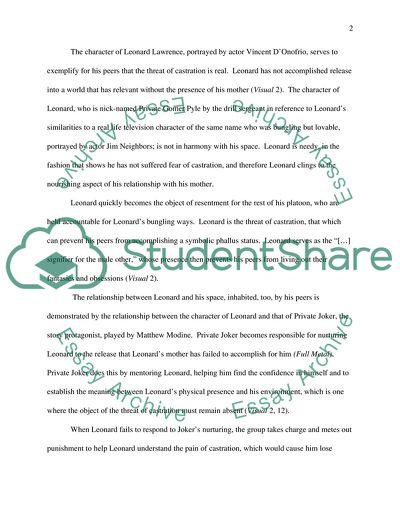Cite this document
(“Full Metal Jacket by Stanley Kubrick Essay Example | Topics and Well Written Essays - 4500 words”, n.d.)
Retrieved from https://studentshare.org/literature/1535622-full-metal-jacket-by-stanley-kubrick
Retrieved from https://studentshare.org/literature/1535622-full-metal-jacket-by-stanley-kubrick
(Full Metal Jacket by Stanley Kubrick Essay Example | Topics and Well Written Essays - 4500 Words)
https://studentshare.org/literature/1535622-full-metal-jacket-by-stanley-kubrick.
https://studentshare.org/literature/1535622-full-metal-jacket-by-stanley-kubrick.
“Full Metal Jacket by Stanley Kubrick Essay Example | Topics and Well Written Essays - 4500 Words”, n.d. https://studentshare.org/literature/1535622-full-metal-jacket-by-stanley-kubrick.


